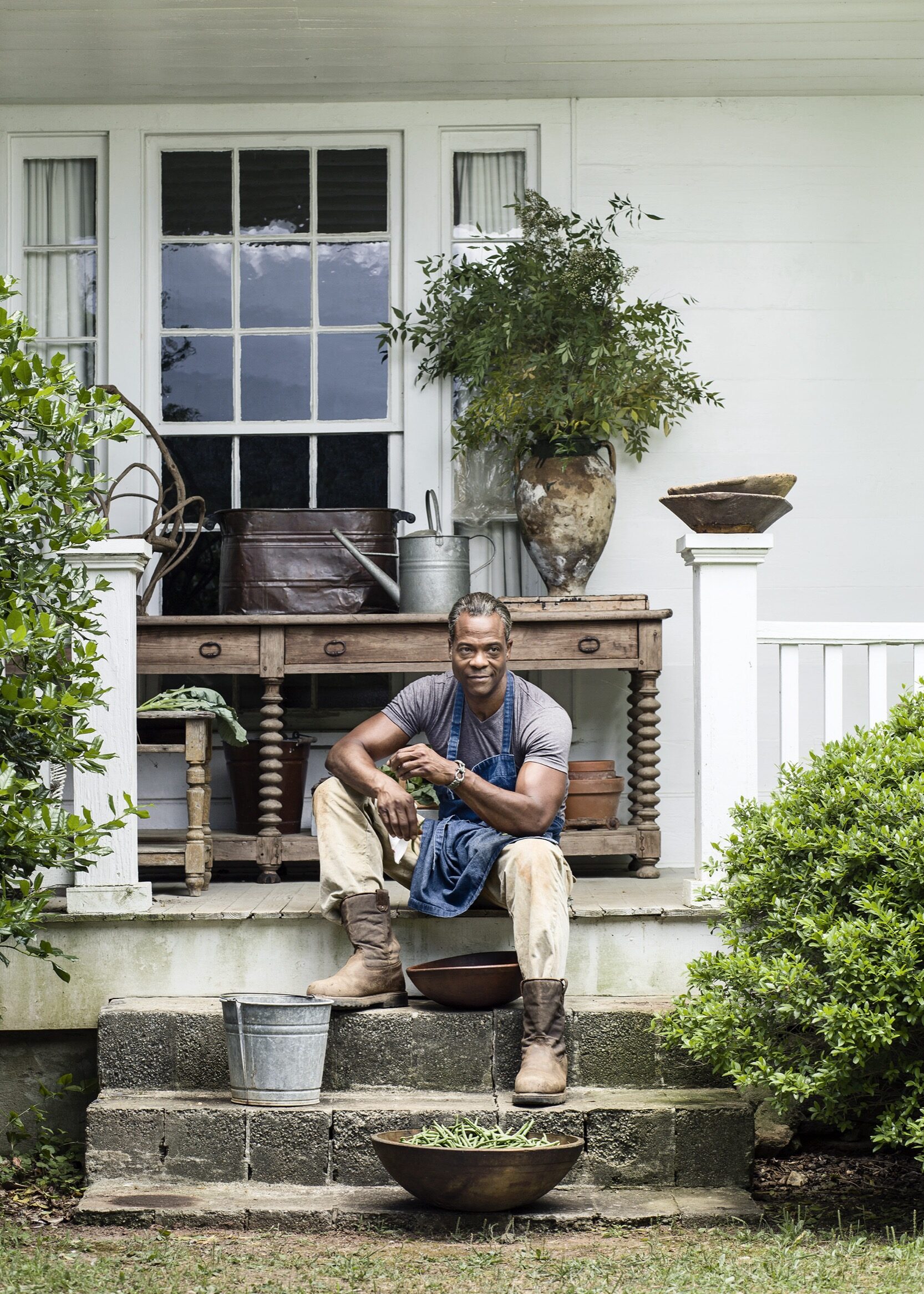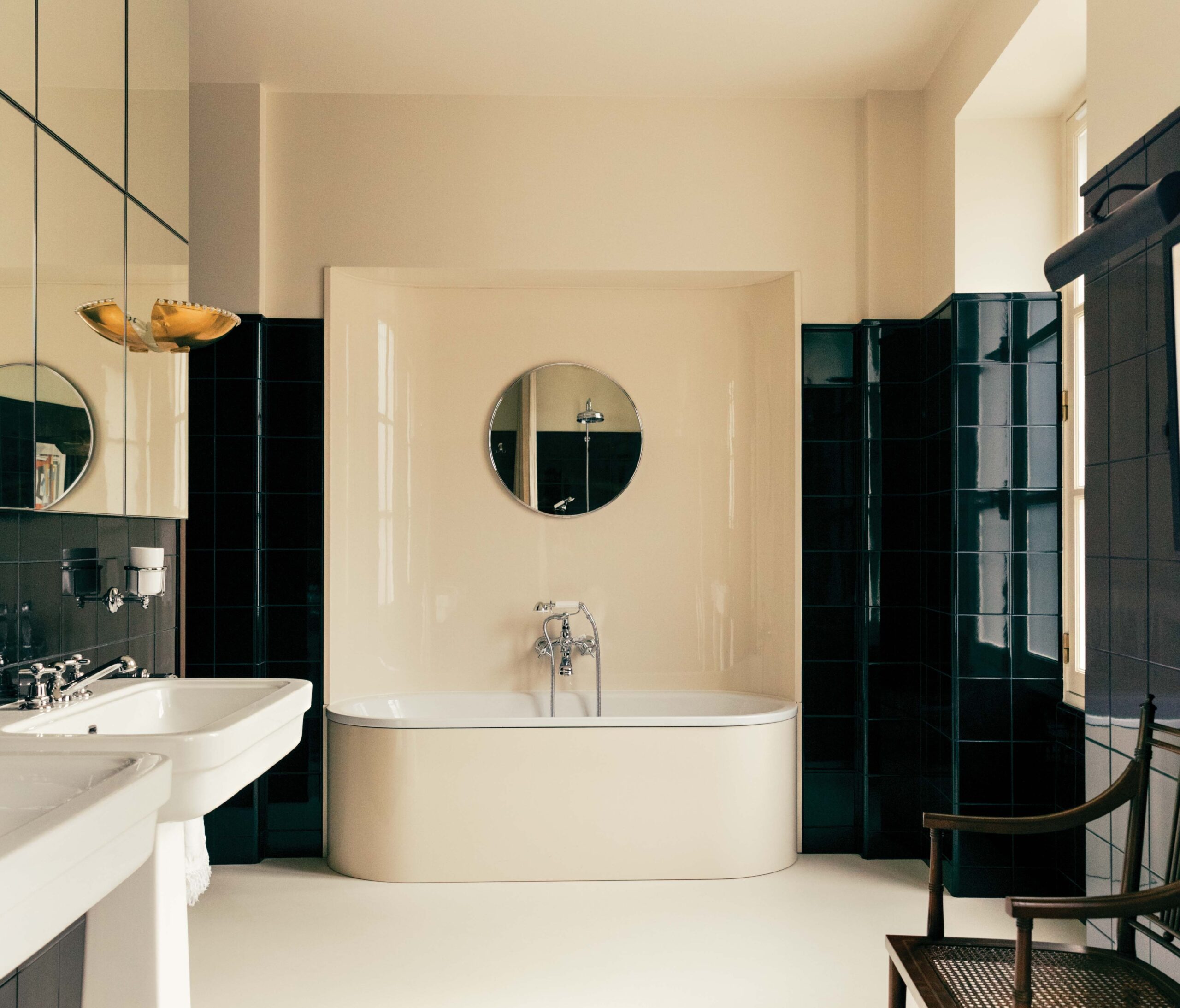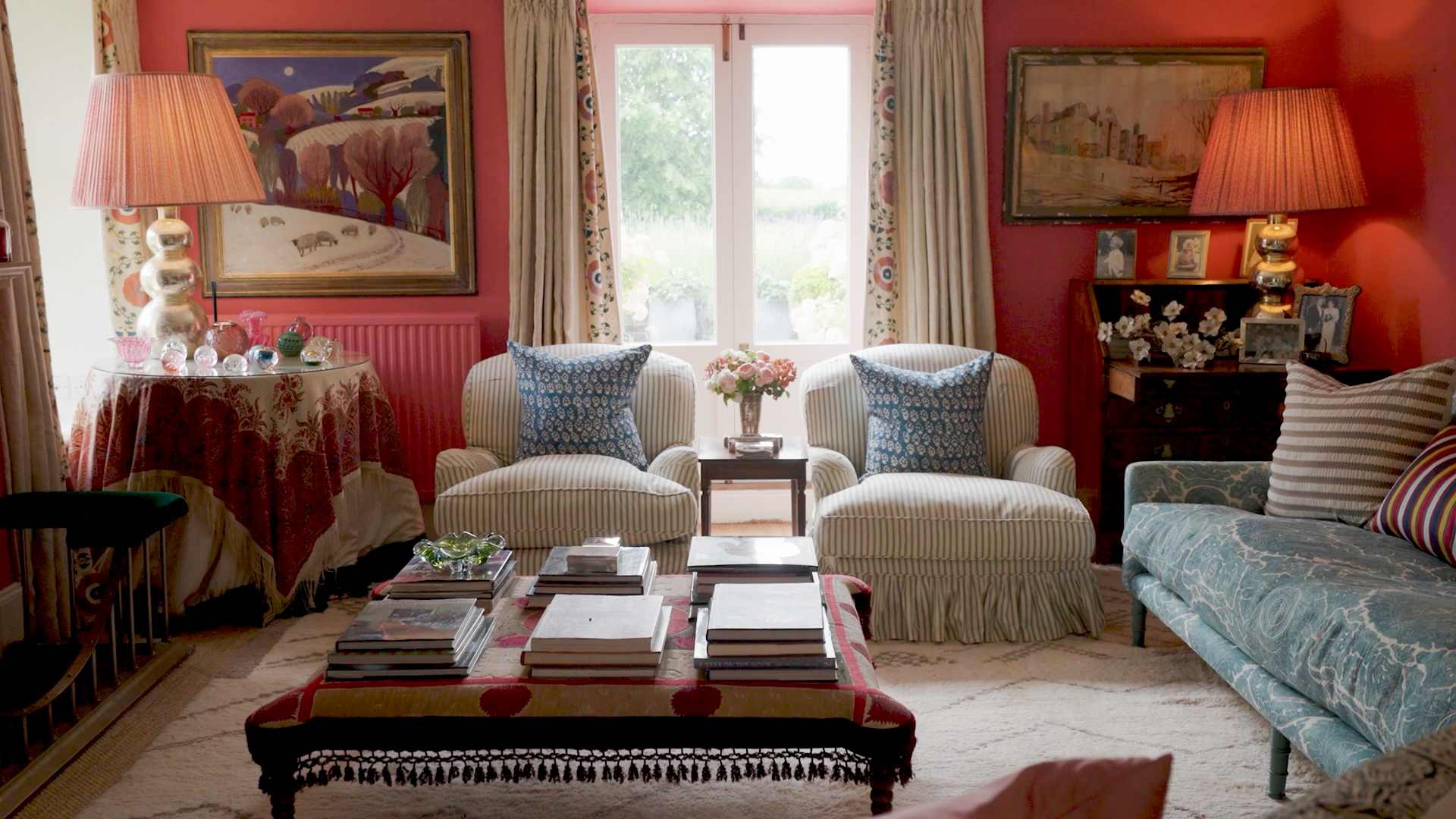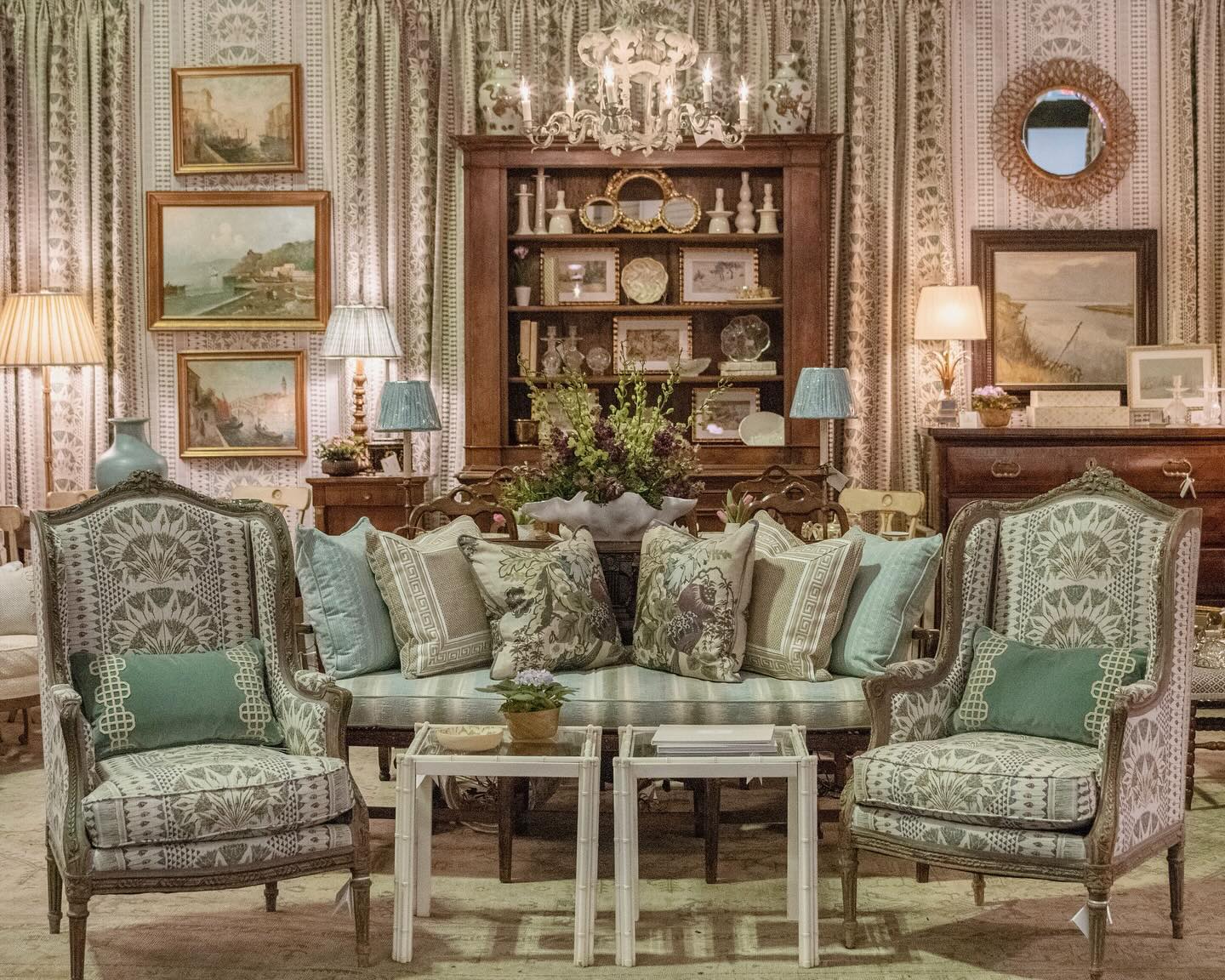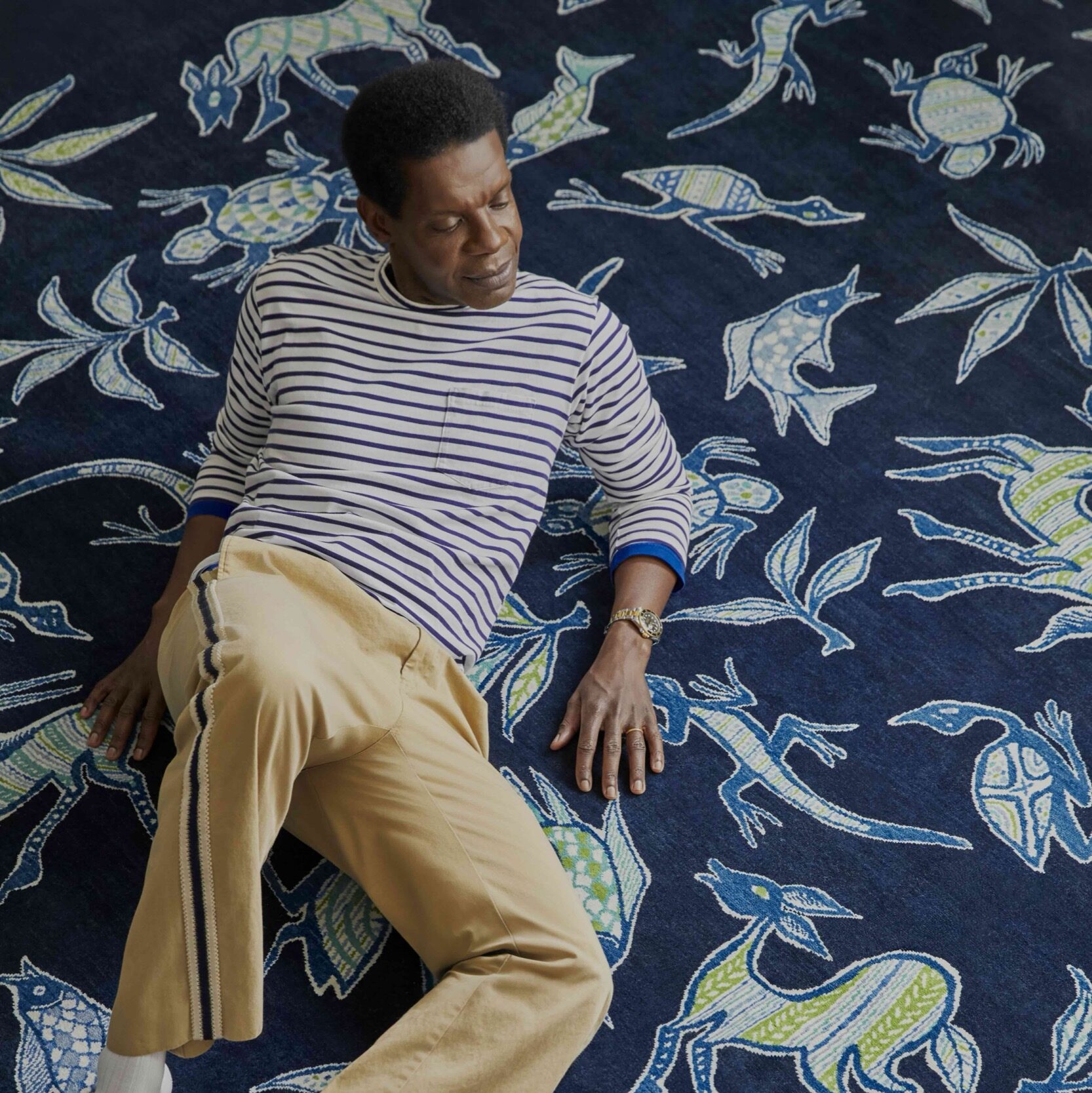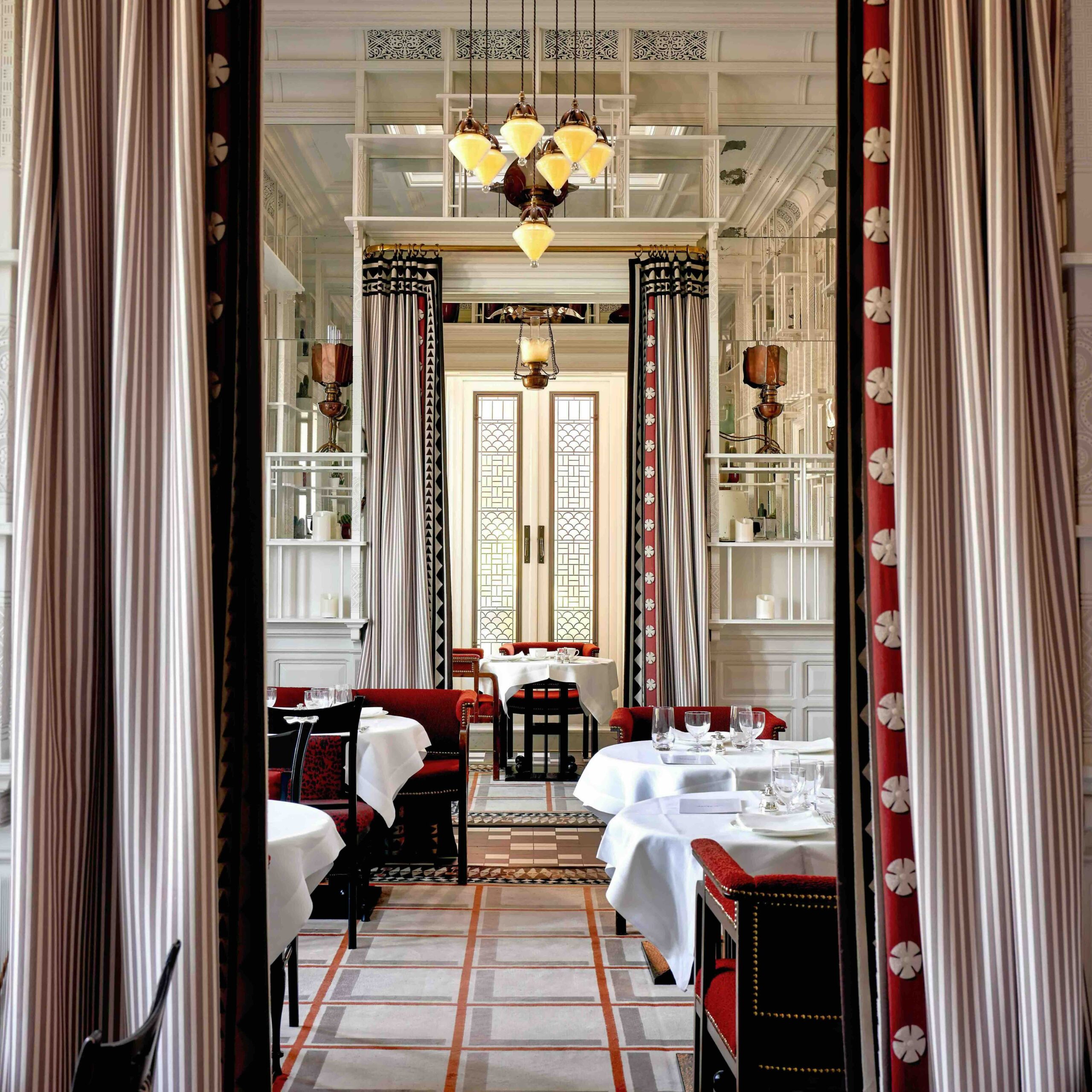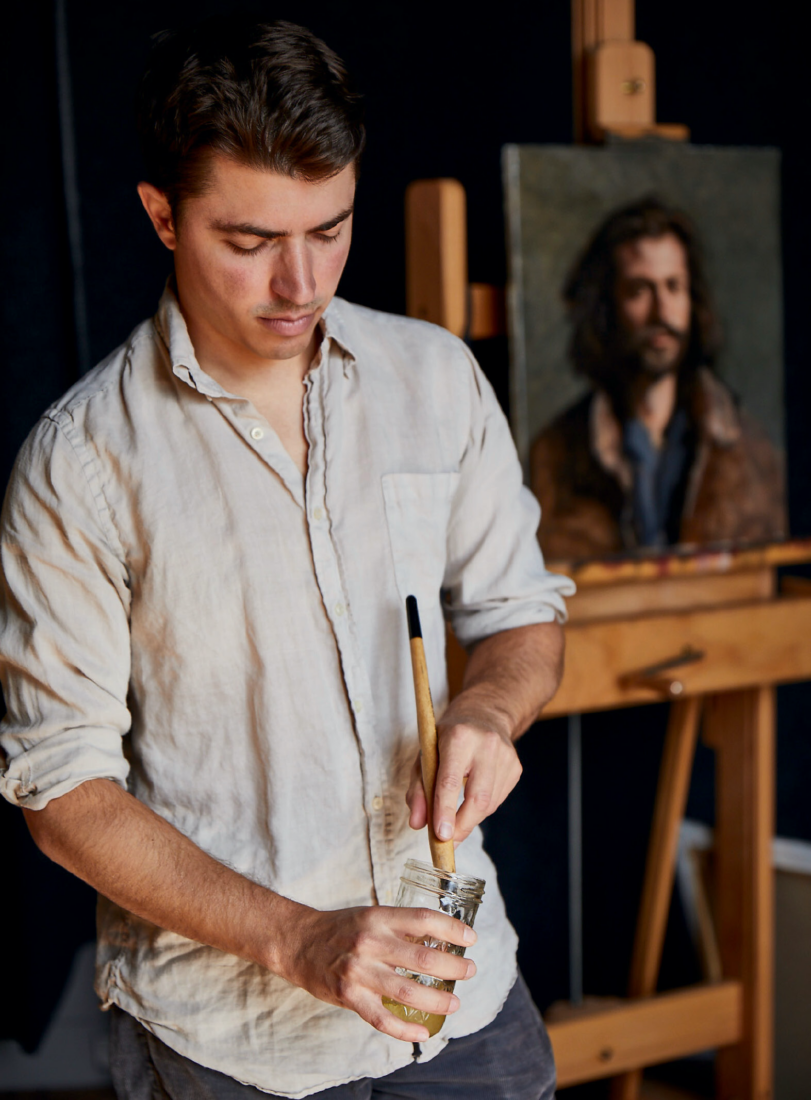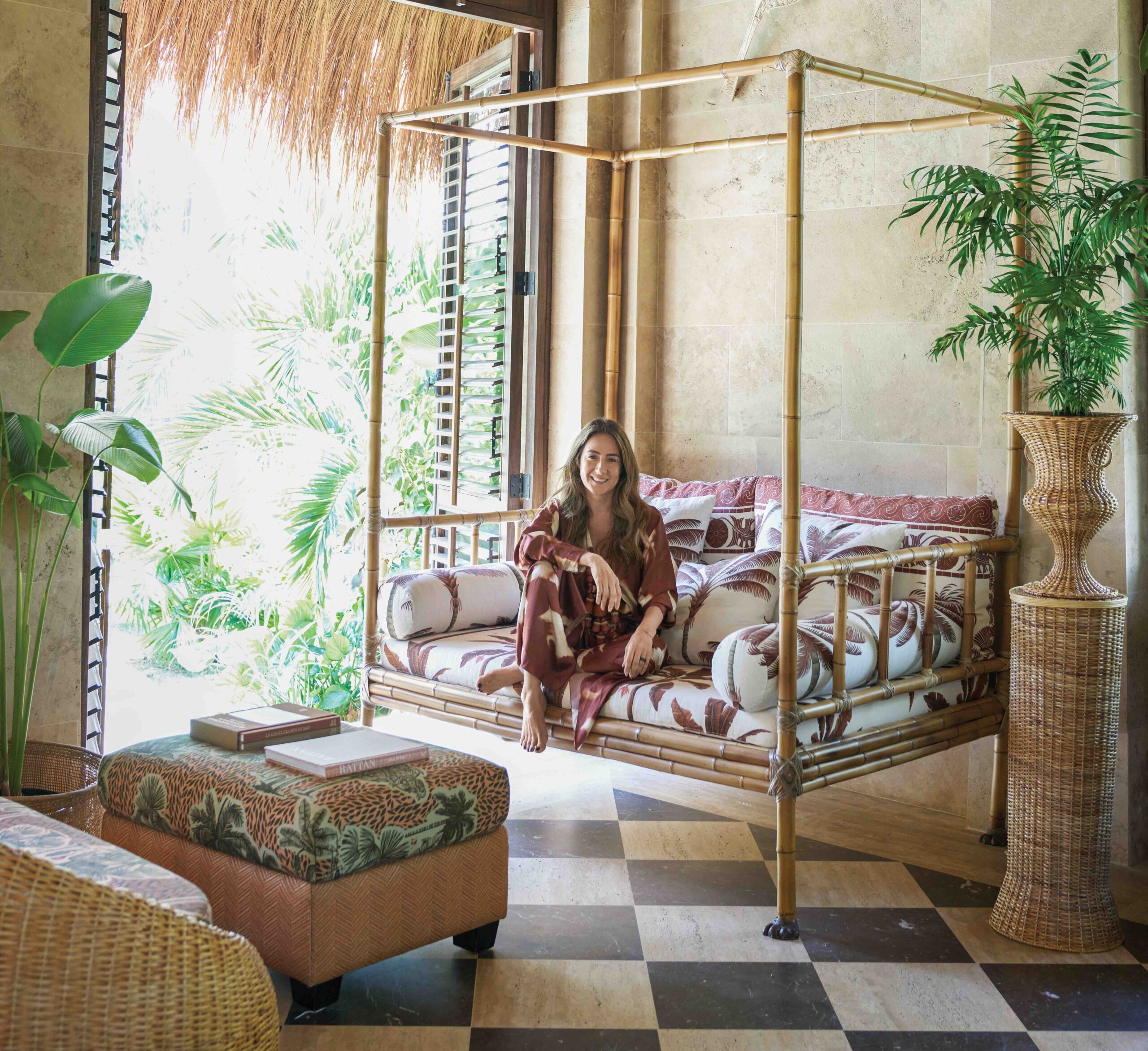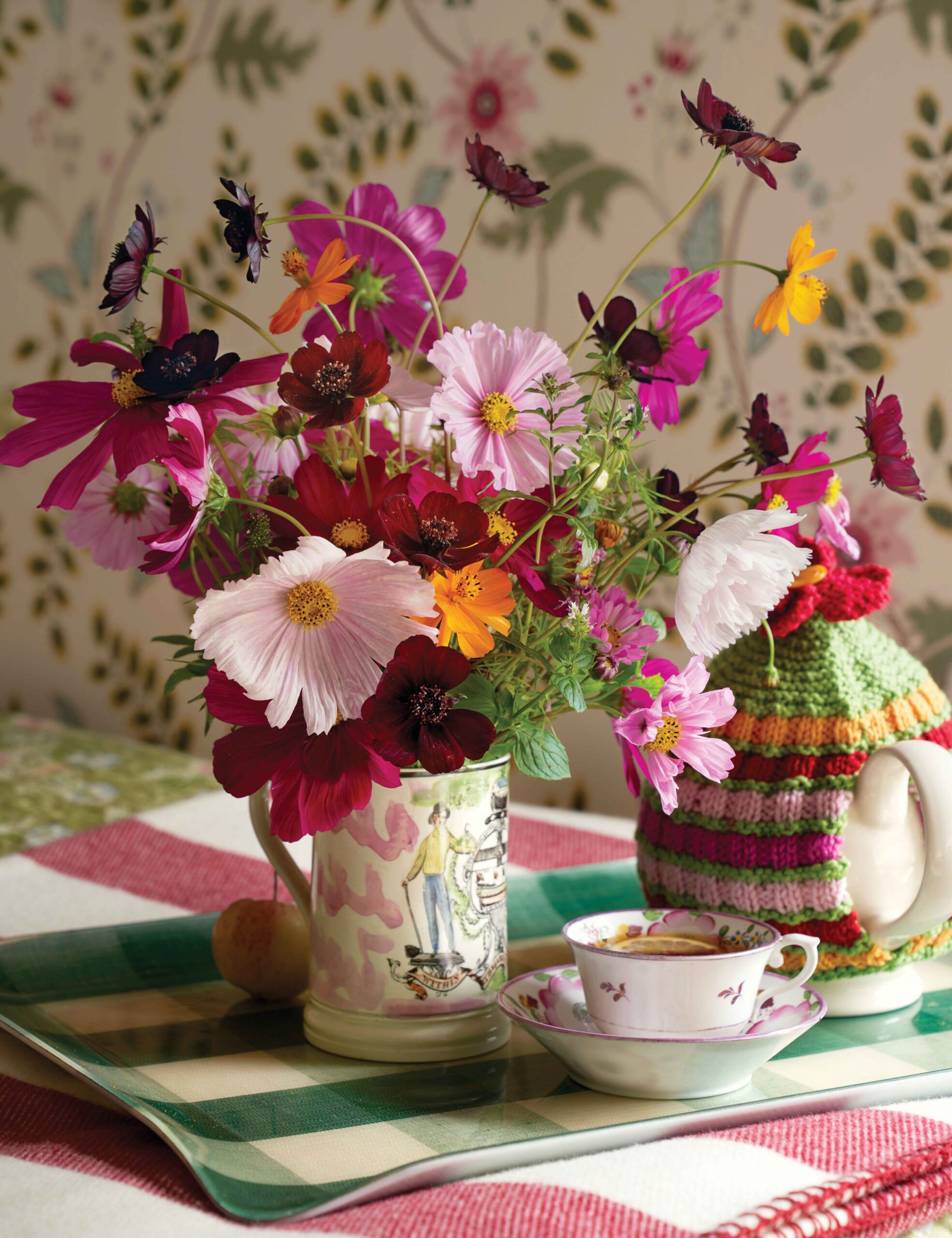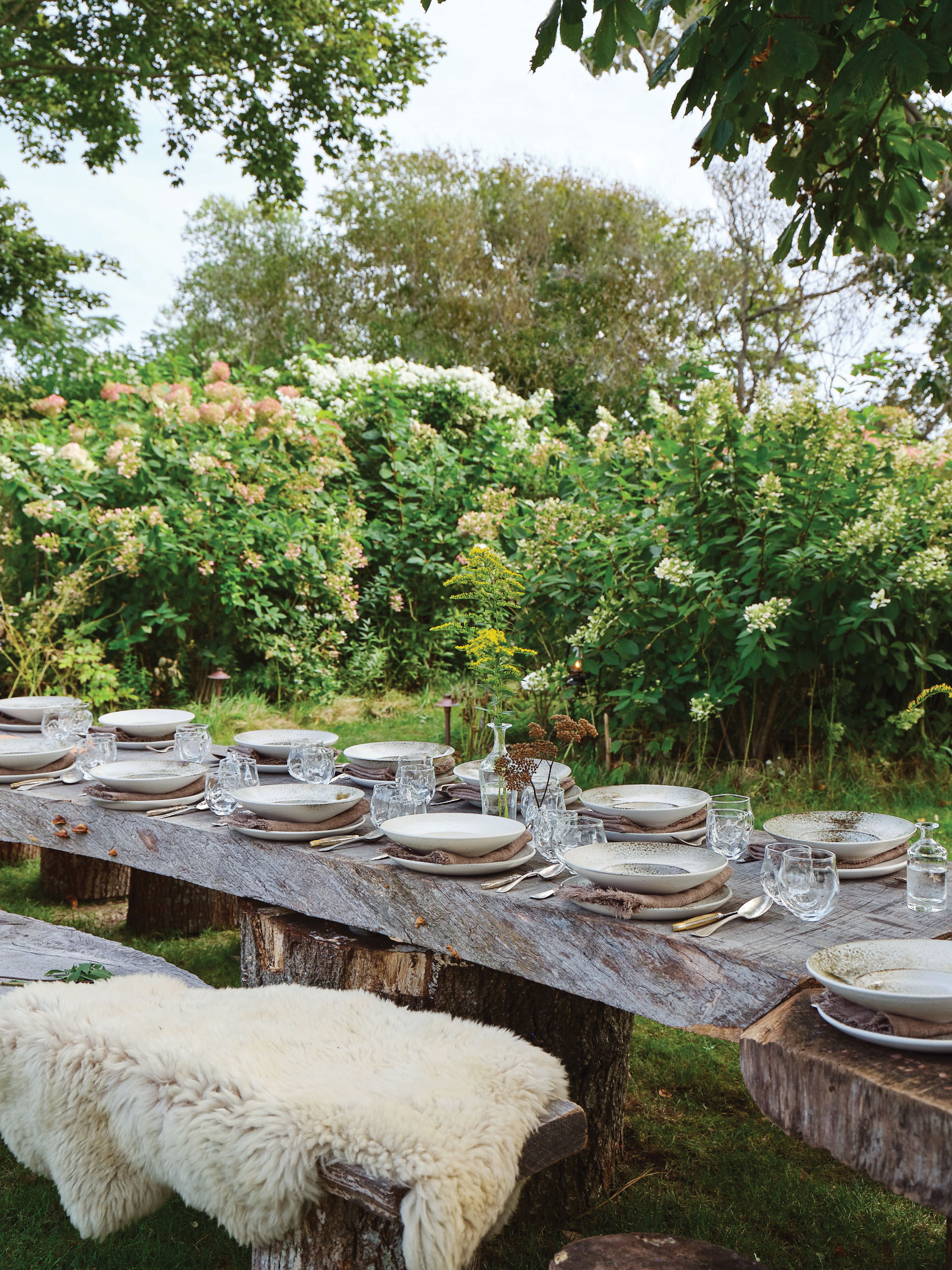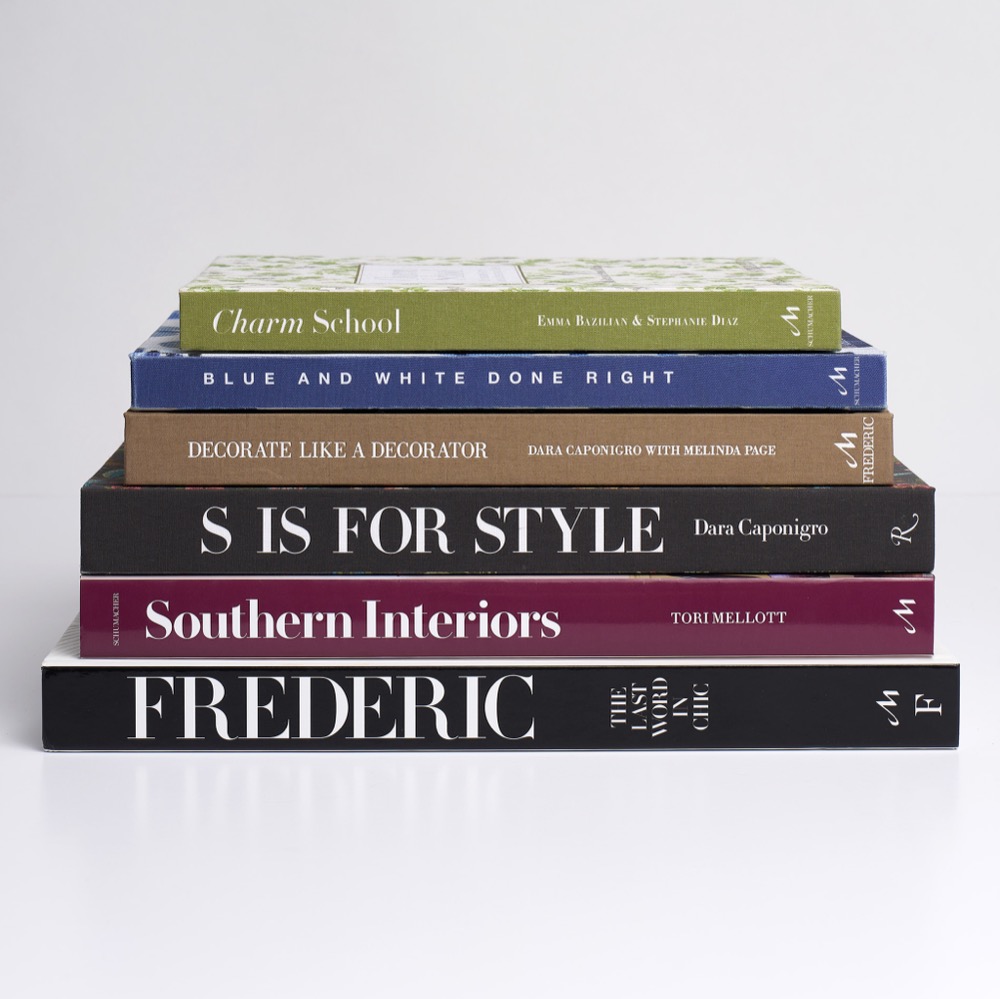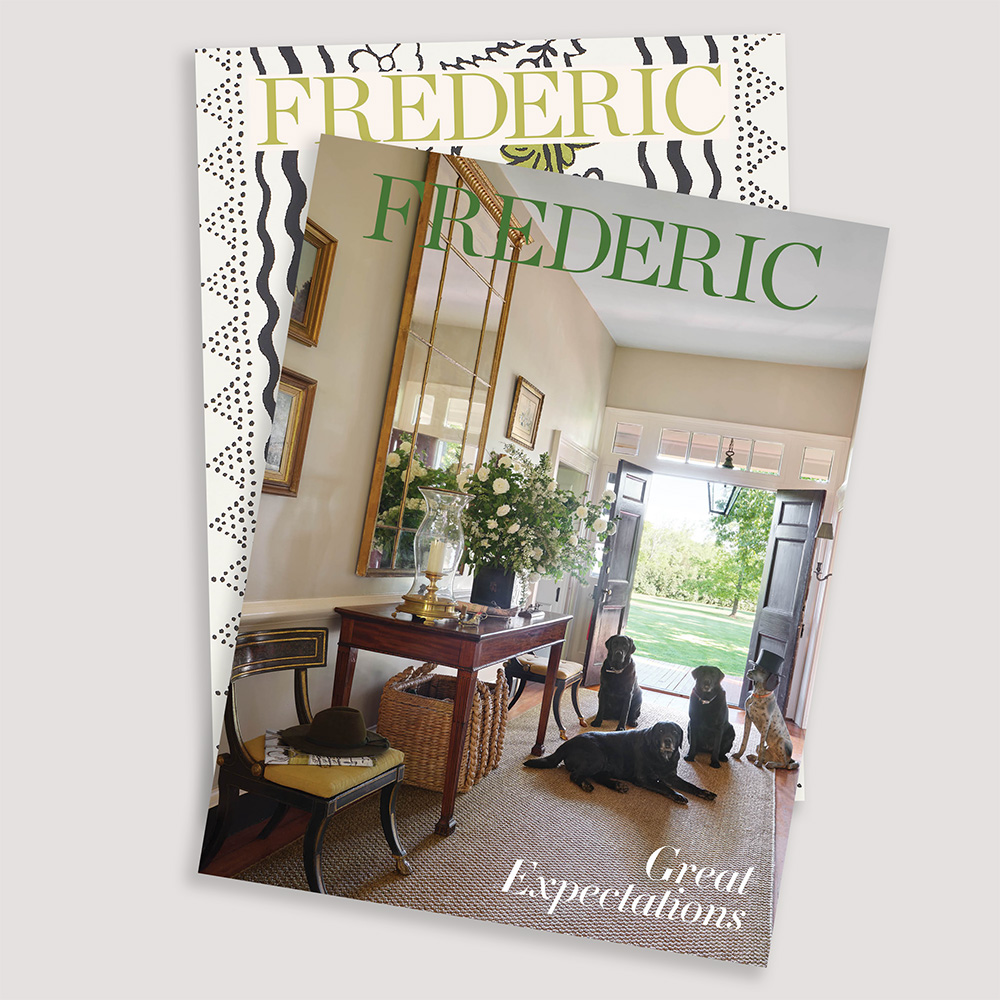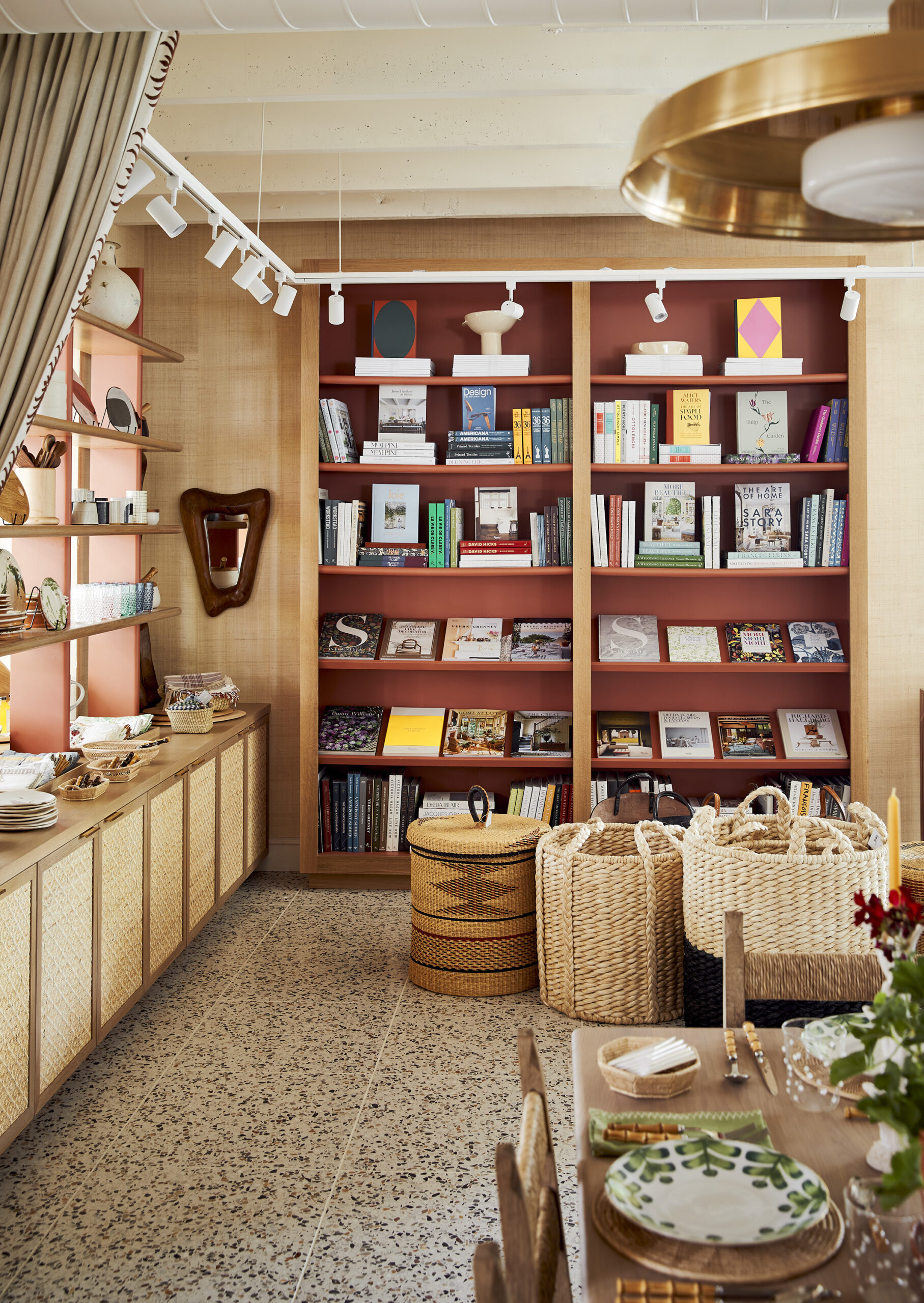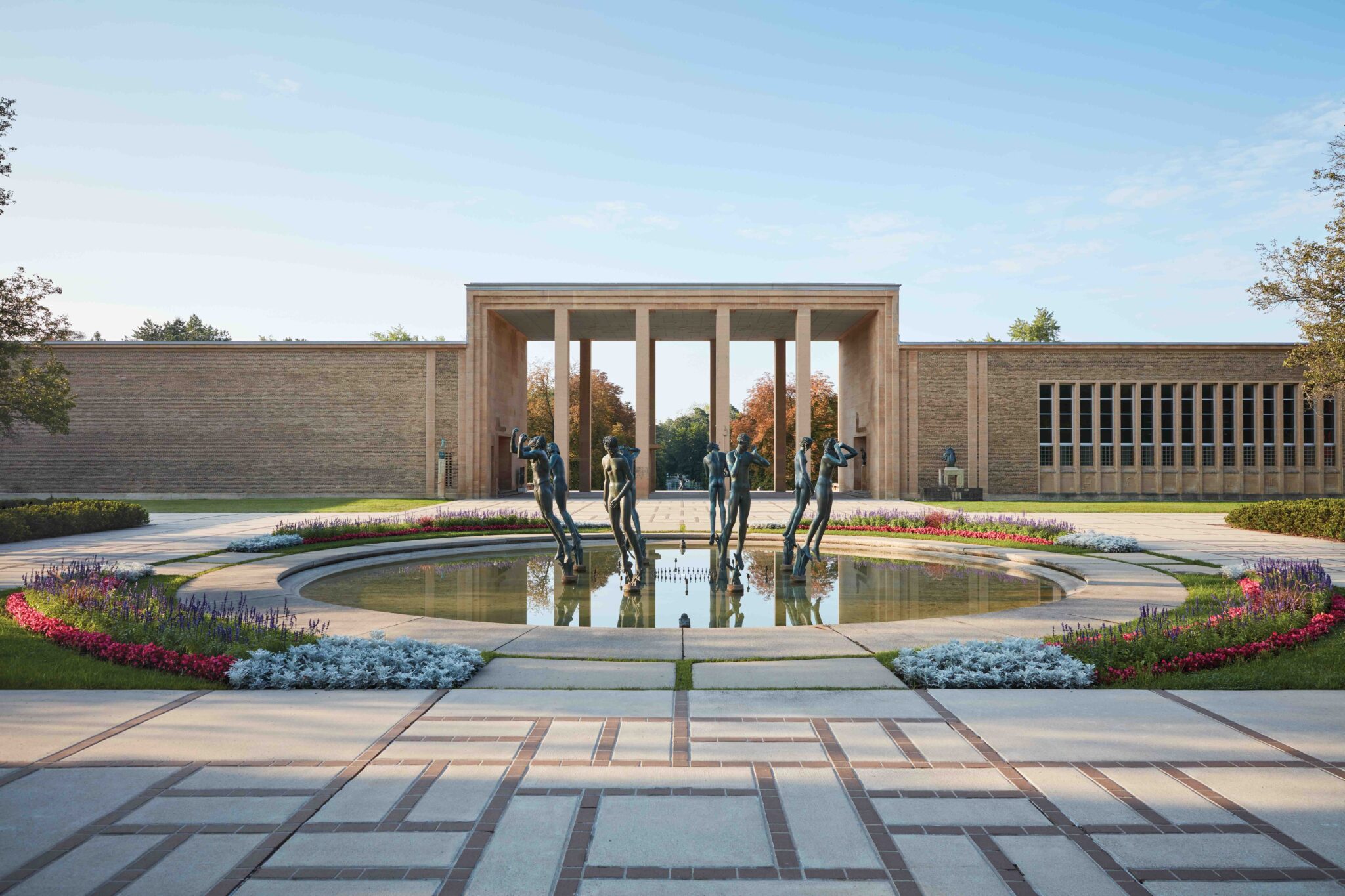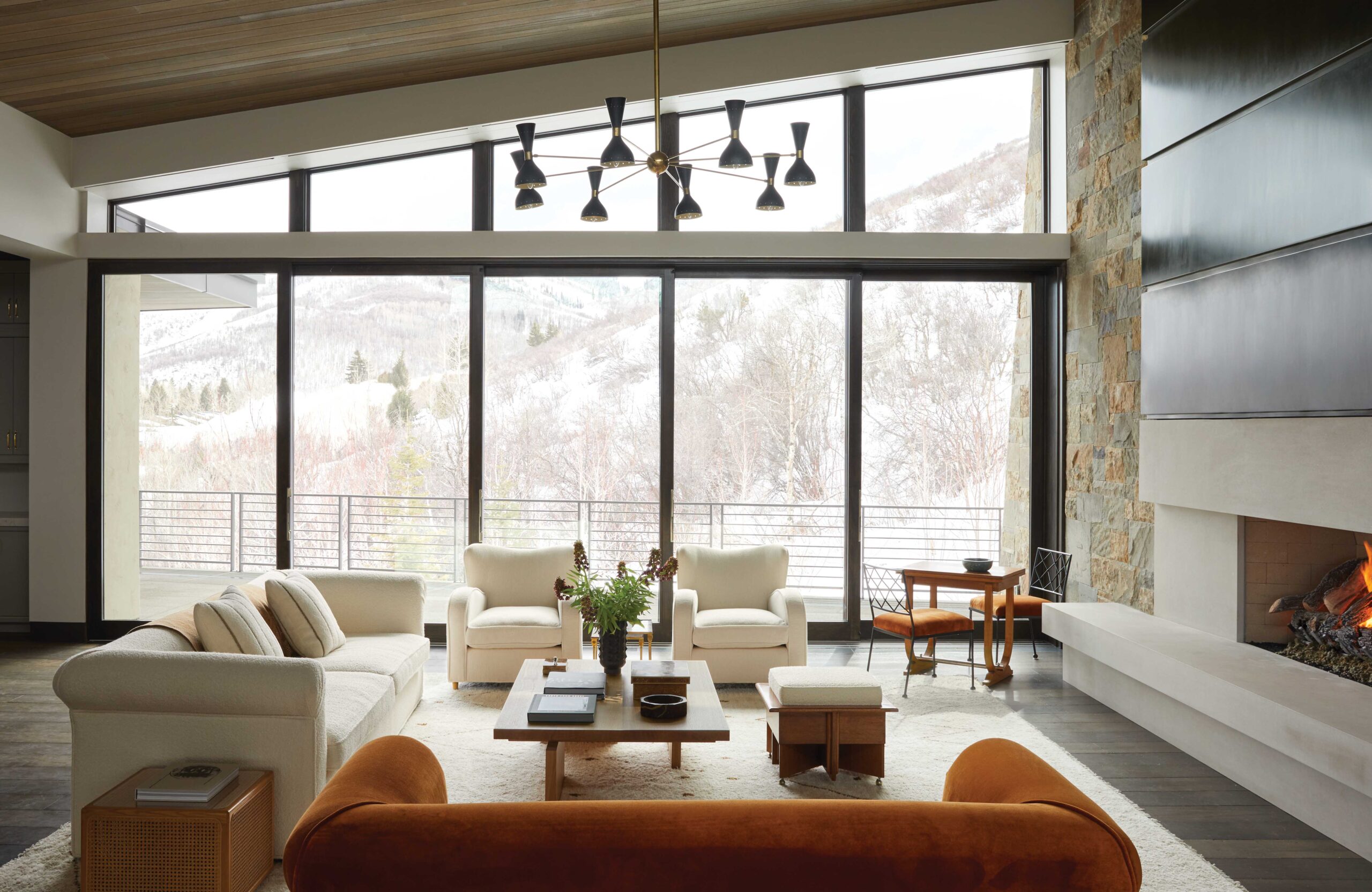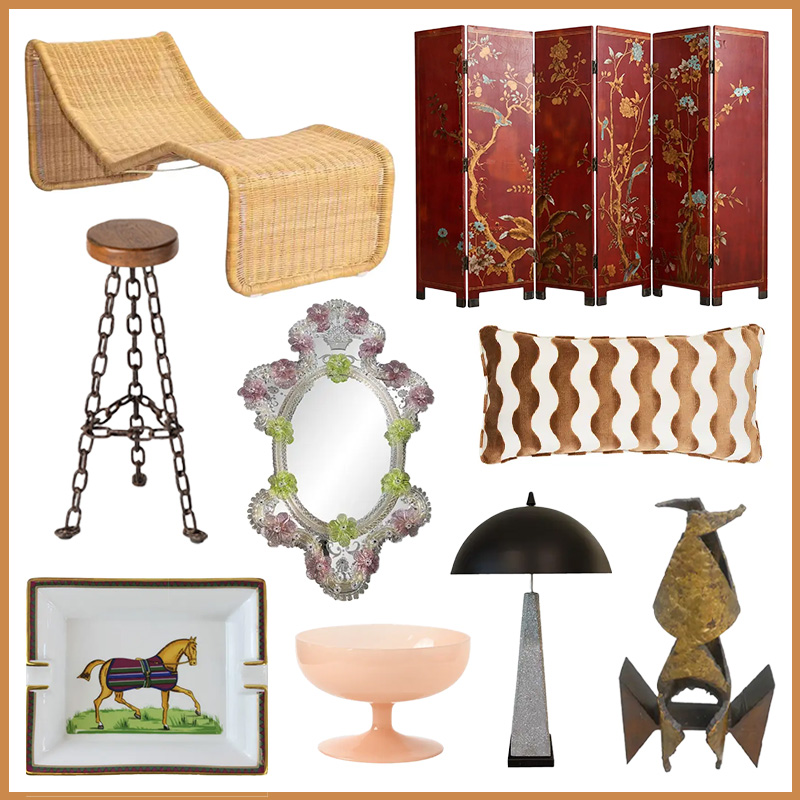The year 1922 was an auspicious one in the history of the Cranbrook Academy of Art. It was in 1922 that George G. Booth, a Detroit newspaper magnate and one of the country’s leading supporters of the Arts & Crafts movement, first visited the American Academy in Rome, and, inspired by its focus on a master-apprentice model rather than formal instruction, began to envision the creation of a similar school at Cranbrook, his 260-acre estate in Bloomfield Hills, 20 miles north of Detroit.
It was also in 1922 that Eliel Saarinen, a well-established architect in his home country of Finland, drew the attention of his American counterparts when he entered a competition to design the Chicago Tribune Building. While his entry garnered only second place, he was awarded $20,000 in prize money—enough to finance his family’s emigration to the U.S.—and drew broad acclaim from the architectural community, including University of Michigan Department of Architecture director Emil Lorch, who invited Saarinen to come to Ann Arbor as a visiting professor. “His Tribune design practically makes him the leading progressive designer of the architectural world,” Lorch wrote in a letter to none other than Booth. By 1924, Saarinen had been enlisted to help bring Booth’s concept to life.

With its soaring vaulted ceiling and leaded-glass windows, the dining hall at the Cranbrook School for Boys—which later merged with the Kingswood School for Girls to form Cranbrook Kingswood Upper School—evokes a sense of ecclesiastical reverence. Saarinen created the light fixtures using catalog-ordered glass lampshades from Swedish brand Orrefors, which he flipped upside down and connected with brass hangers. His original table and chairs are still in use by students today.
Ngoc Minh NgoThe Midwest in the 1920s was ripe for the kind of practical creative thinking that the two men shared. Unencumbered by the rigid traditionalism of Eastern cities, places like Chicago and Detroit embraced a more forward-thinking, energetic approach to architecture and design, one that shared the Arts and Crafts movement’s exaltation of nature and material craftsmanship and the Scandinavian ideals of beauty in simplicity and efficiency. At the same time, the region’s burgeoning automotive production brought a greater appreciation for industrial design to the forefront. Cranbrook, Booth believed, could be a place where those aesthetic and practical approaches could be taught in unison.
-

The lobby features tiles made by Detroit’s Pewabic Pottery. Founded by Mary Chase Perry Sutton in 1903, it remains an active working studio. Eero Saarinen designed the benches.
Ngoc Minh Ngo -
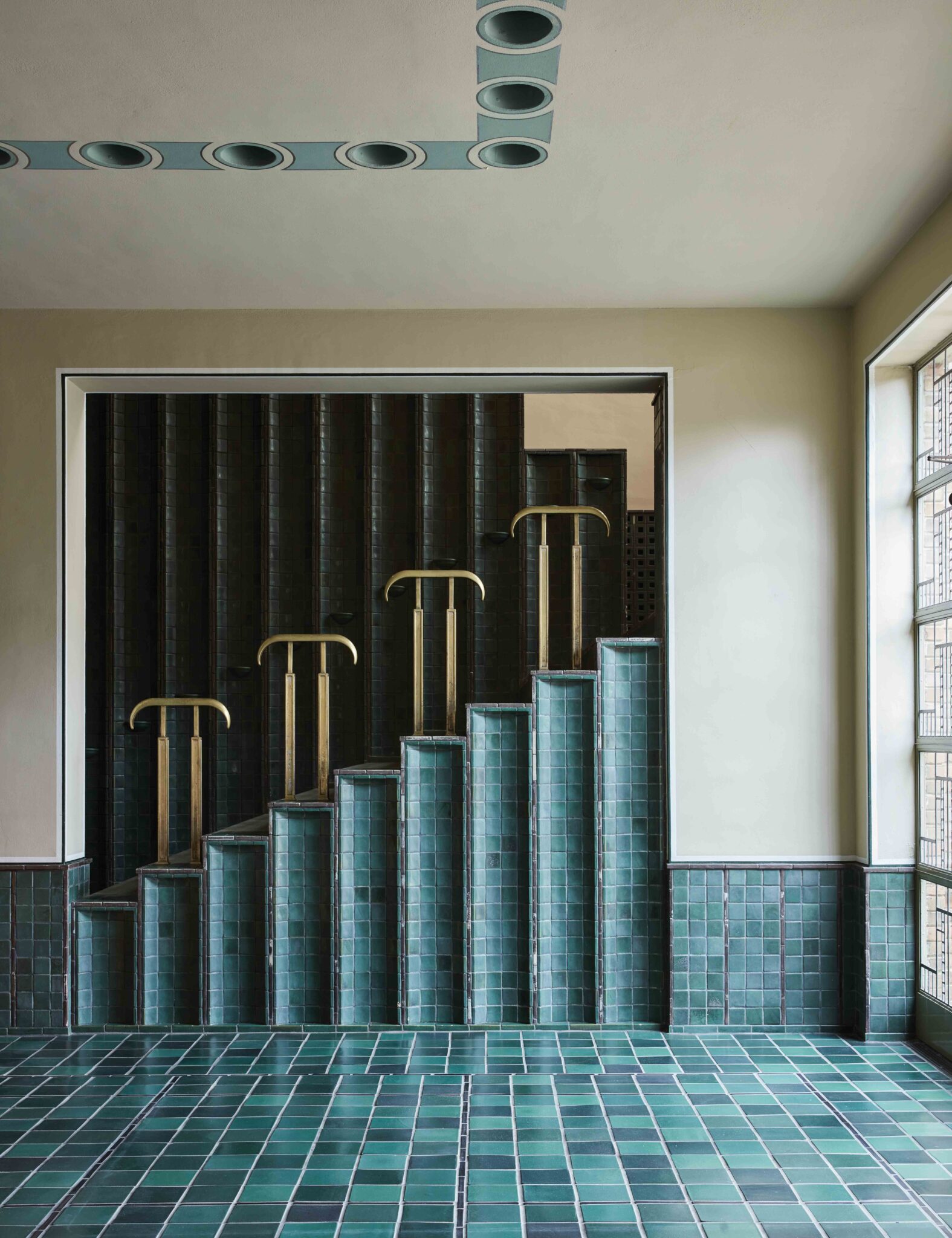
The design of the lobby’s cast-brass handrails were inspired by the Greek Temple of Knossos, a popular design reference in the 1920s and ‘30s.
Ngoc Minh Ngo
Similar was Saarinen’s approach to the design of the various schools and buildings that would make up the Cranbrook complex, including the Cranbrook School for Boys (completed in 1929) and its girls’ counterpart, Kingswood School Cranbrook (1931), the Academy of Art (1938), Cranbrook Institute of Science (1938) and Cranbrook Academy of Art Museum and Library (1942). A mix of Arts and Crafts, Art Deco, and Neo-Gothic architecture was applied with careful consideration to landscape and purpose. “The true genius of Saarinen was to articulate architecture, art, and nature. To walk through the grounds and buildings at Cranbrook is an endless surprise in the opening up of vistas and views that reveal its unity and coherence,” wrote the late Roy Slade, the Academy’s fifth president, who served from 1977 to 1994. “The culmination of his talent lies in Saarinen House itself, with its proportions, strong sense of color, and the array of designed and collected elements that are masterfully orchestrated into a unified whole—in essence, a total work of art.”
-

The two-tiered octagonal tower off the south lobby of Cranbrook School’s Hoey Hall, supported by a cast-in-place concrete column, once held the observatory and telescope.
Ngoc Minh Ngo -

A Saarinen-designed cast-iron light fixture illuminates a hallway in Kingswood. The original linoleum floors are still intact.
Ngoc Minh Ngo
The clearest distillation of Saarinen’s vision lies in the residence he built for himself and his family, including Loja, an accomplished weaver (who would also oversee the weaving department) and his son, Eero. Set behind a relatively modest red brick exterior, Saarinen House was an exquisitely crafted ode to functional beauty. The Saarinens took full advantage of the craftsmanship at their disposal, enlisting the school’s master artisans to produce furniture, textiles, and more. Although sparely furnished, it was by no means unadorned: The Art Deco–style dining room was crowned in a gold-leafed domed ceiling, while the bedroom (with a suite designed by Eero—one of his very first commissions) featured a ruffled-and-skirted dressing area that was somehow definitively modernist.
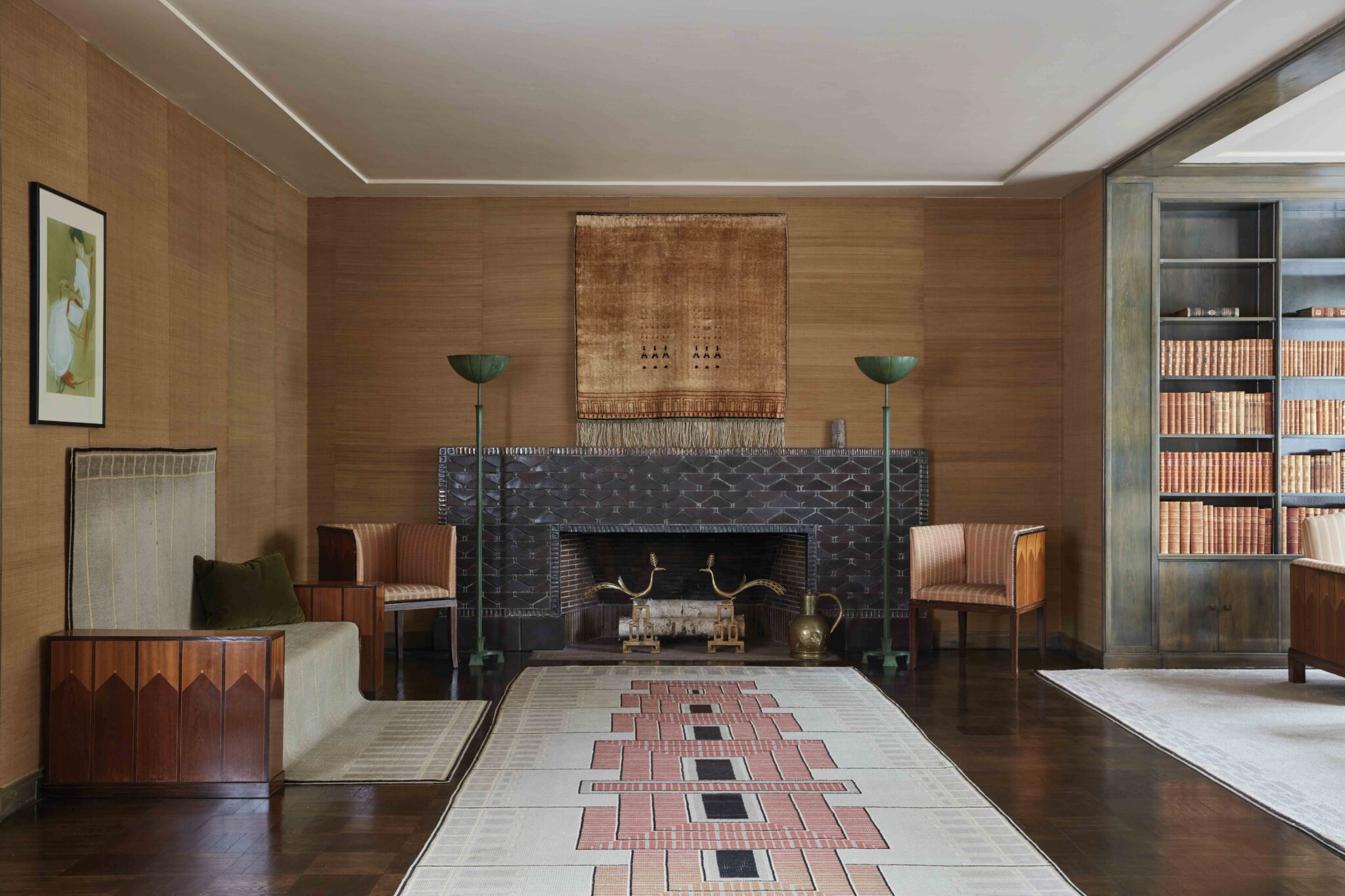
From 1930 through 1950, Saarinen House served as the home and studio of Saarinen (who became the Academy’s first president) and his wife Loja Saarinen, head of the school’s weaving department. The wall hanging and rugs are Loja’s creations, while the torchère lamps, chairs, and bench were designed by Eliel. Pewabic Pottery tiles, which Saarinen originally commissioned for a 1929 exhibition at the Metropolitan Museum of Art, line the fireplace.
Ngoc Minh Ngo-

The eight walls of the house’s dining room are lined in fir panels, with inset niches painted Chinese red. The gilded dome ceiling and hanging pendant, veneered dining table, and black-and-ocher painted chairs are distinctly Art Deco in flavor.
Ngoc Minh Ngo -
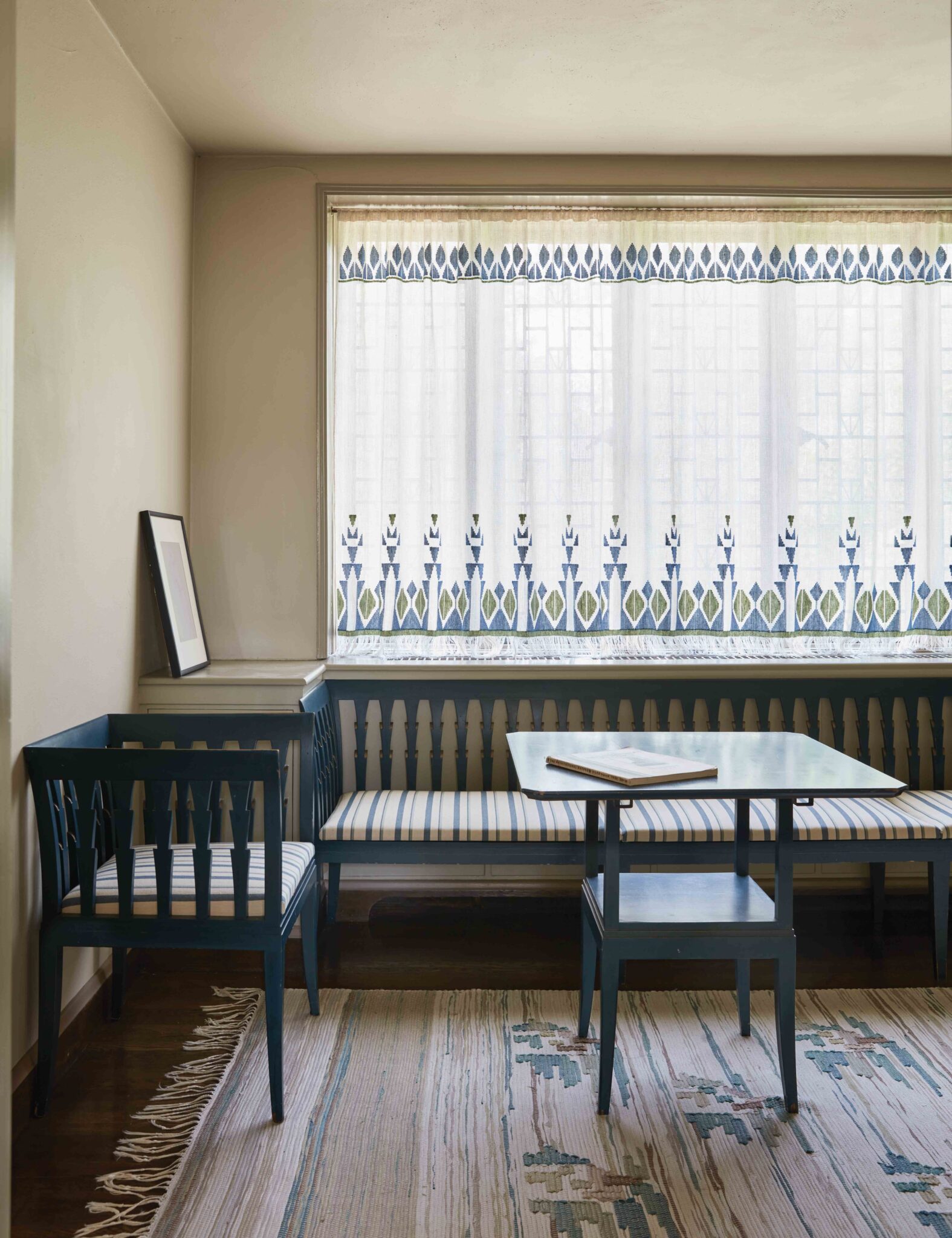
The traditionally Scandinavian upstairs hall, with its Gustavian-style furnishings and curtains woven with a Finnish folk-art motif, was where the Saarinens had their breakfast at 7:30 each morning.
Ngoc Minh Ngo
Throughout were rugs, wall hangings, and fabrics designed by Loja and produced in her studio. “While elimination and restraint are noticeable throughout the house, they are compensated by beauty of design, beauty of material, and complete suitability of everything for its function and its place,” wrote Henry Macomber of the house for a 1933 issue of House Beautiful. “It presents beauty in terms of the greatest simplicity.”
Today, Saarinen House can still be seen in near to its original form—including pieces designed by Cranbrook students like Florence Knoll, Charles and Ray Eames, and Jack Larsen—thanks in large part to Slade, who spearheaded a full restoration that culminated with its opening to the public in 1994. It continues to strike visitors with its modernity and its craft, inspiring designers and architects with its timeless sense of balance.
THIS ARTICLE ORIGINALLY APPEARED IN VOLUME 12 OF FREDERIC MAGAZINE. CLICK HERE TO SUBSCRIBE!
